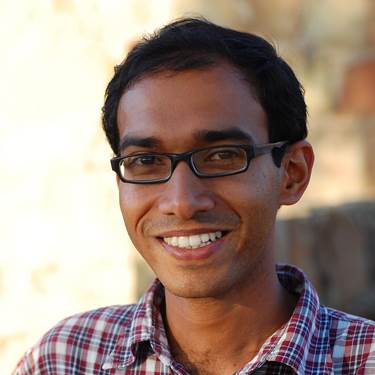
Anindya uses data-science tools (including machine learning algorithms) and learning sciences to improve teaching, learning, and course design. Through MIT’s Open Learning he is responsible for analyzing a large volume of edX content and performance data to connect online learning activities for effective course design, learning, and instructional practices.
Anindya received his Masters in Physics from the Indian Institute of Technology, and his PhD in Computational Physics from Rutgers University. Prior to his work at MIT, he did postdoctoral research at Johns Hopkins University and UC Santa Barbara. In his itinerant academic life, Anindya has driven from the East Coast to the West Coast and back, taking many days to enjoy the national parks on his way.
What exactly is a learning engineer?
Learning engineering is a process to engineer learning. It is rooted in a variety of disciplines such as learning science, educational research, educational technology, and data science, among others. Consequently, it can rarely be a one-person job. For example, at MIT Open Learning, we do learning engineering as a team, most notably with the Digital Learning Lab.
What do you think is the most important aspect of the future of education?
To paraphrase a wise quote: the future is already here – it’s not evenly distributed. It applies to education quite well. I wonder if we would be able to expand the access to quality education to those who have been left behind historically.
How does data analysis drive MIT’s education effectiveness?
Data analysis helps us in multiple ways to improve teaching and learning at MIT. We use learning analytics to identify which online problems and videos are popular/difficult and which are not. We team up with the instructors to tweak online courses to see how students react to the changes, and if such tweaks lead to better learning outcomes. As we have access to more learning data and tools to analyze them, we are ramping up our efforts to incorporate insights from the data into course creation and the instruction process.
What is your favorite thing about working at MIT?
MIT’s history of scientific and technological innovation makes it a humbling experience to work here. In addition, it’s quite thrilling to be at MIT Open Learning and see the future of online education unfold.